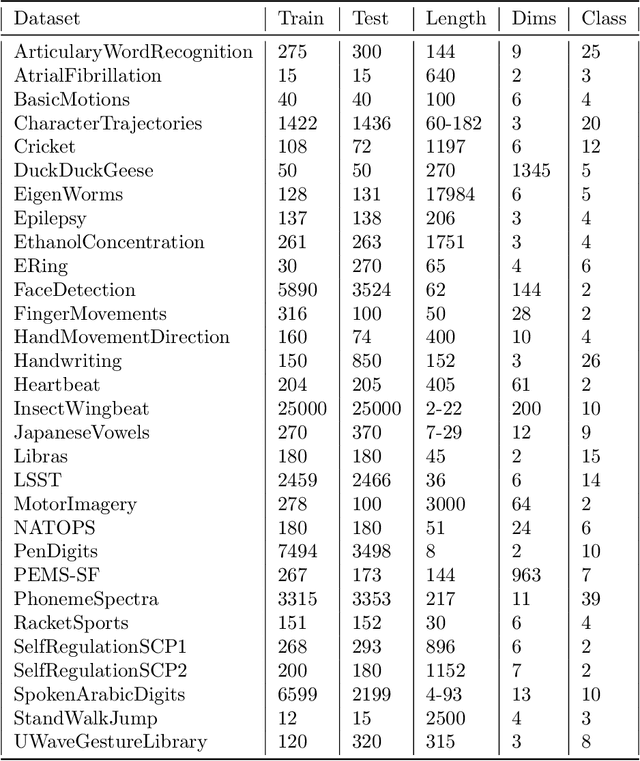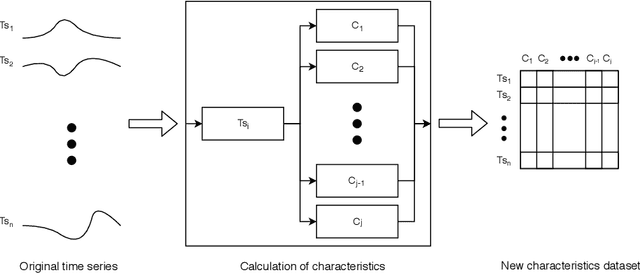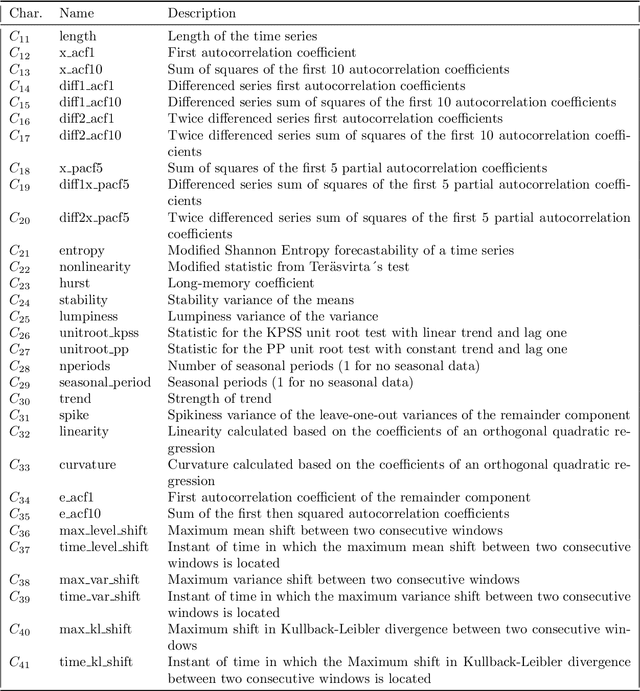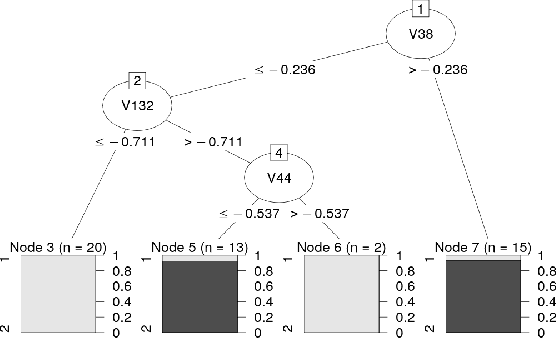Francisco J. Baldán
MoTime: A Dataset Suite for Multimodal Time Series Forecasting
May 21, 2025Abstract:While multimodal data sources are increasingly available from real-world forecasting, most existing research remains on unimodal time series. In this work, we present MoTime, a suite of multimodal time series forecasting datasets that pair temporal signals with external modalities such as text, metadata, and images. Covering diverse domains, MoTime supports structured evaluation of modality utility under two scenarios: 1) the common forecasting task, where varying-length history is available, and 2) cold-start forecasting, where no historical data is available. Experiments show that external modalities can improve forecasting performance in both scenarios, with particularly strong benefits for short series in some datasets, though the impact varies depending on data characteristics. By making datasets and findings publicly available, we aim to support more comprehensive and realistic benchmarks in future multimodal time series forecasting research.
Multivariable times series classification through an interpretable representation
Sep 08, 2020



Abstract:Multivariate time series classification is a task with increasing importance due to the proliferation of new problems in various fields (economy, health, energy, transport, crops, etc.) where a large number of information sources are available. Direct extrapolation of methods that traditionally worked in univariate environments cannot frequently be applied to obtain the best results in multivariate problems. This is mainly due to the inability of these methods to capture the relationships between the different variables that conform a multivariate time series. The multivariate proposals published to date offer competitive results but are hard to interpret. In this paper we propose a time series classification method that considers an alternative representation of time series through a set of descriptive features taking into account the relationships between the different variables of a multivariate time series. We have applied traditional classification algorithms obtaining interpretable and competitive results.
Complexity Measures and Features for Times Series classification
Mar 04, 2020



Abstract:Classification of time series is a growing problem in different disciplines due to the progressive digitalization of the world. Currently, the state of the art in time series classification is dominated by Collective of Transformation-Based Ensembles. This algorithm is composed of several classifiers of diverse nature that are combined according to their results in an internal cross validation procedure. Its high complexity prevents it from being applied to large datasets. One Nearest Neighbours with Dynamic Time Warping remains the base classifier in any time series classification problem, for its simplicity and good results. Despite their good performance, they share a weakness, which is that they are not interpretable. In the field of time series classification, there is a tradeoff between accuracy and interpretability. In this work, we propose a set of characteristics capable of extracting information of the structure of the time series in order to face time series classification problems. The use of these characteristics allows the use of traditional classification algorithms in time series problems. The experimental results demonstrate a statistically significant improvement in the accuracy of the results obtained by our proposal with respect to the original time series. Apart from the improvement in accuracy, our proposal is able to offer interpretable results based on the set of characteristics proposed.
 Add to Chrome
Add to Chrome Add to Firefox
Add to Firefox Add to Edge
Add to Edge